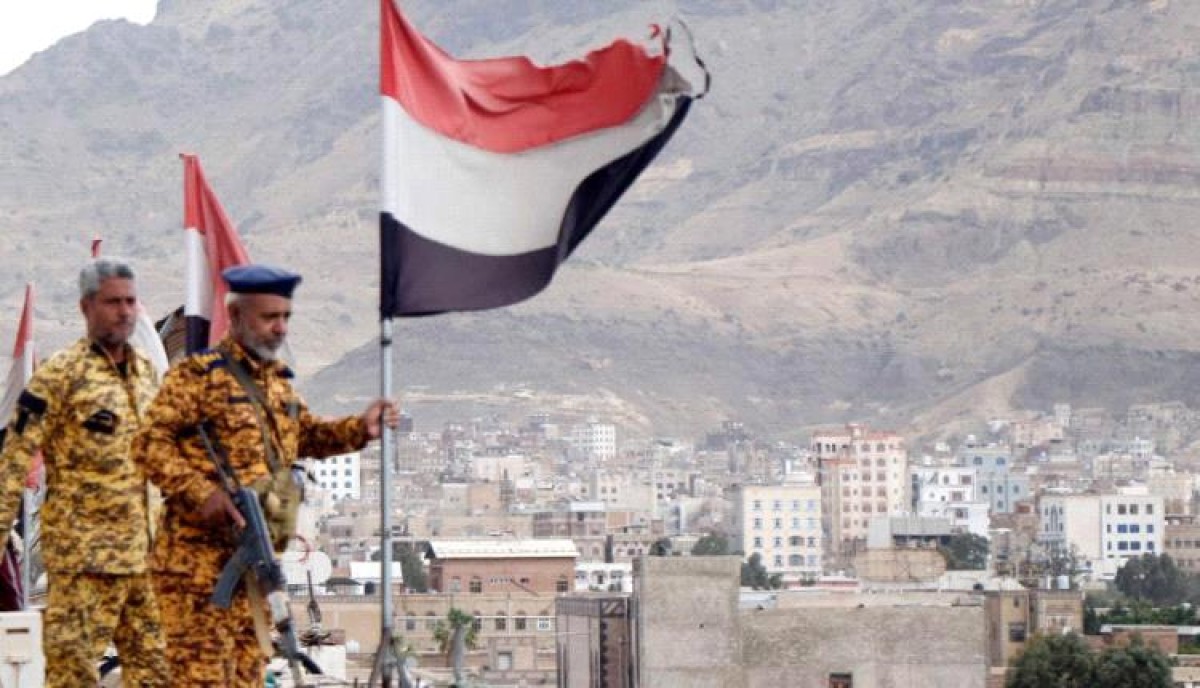A British website reveals possible scenarios for the Yemeni scene


An analysis of a British intelligence website revealed three possible scenarios for the Yemeni scene during the next stage, indicating that the Houthis’ ambitions extend beyond the threat to navigation in the Red Sea, and risk the internationalization of the Yemeni conflict.
An analysis by the British intelligence website Gray Dynamics said that delving deeper into the Houthis’ ideology, organizational structure, and military capabilities reveals a movement with aspirations that reach beyond maritime turmoil, as the expected future paths of the Houthis are likely to be complex.
The analysis considered that understanding the Houthi movement sheds light on its goals and its broader repercussions on regional security, pointing out that the Houthis’ military capabilities, organizational structure, and tactical agility allow them to influence the complex conflict scene in Yemen.
The report indicated that the Houthi attacks on Red Sea ships constitute a major threat to peace within Yemen. The possibility of a US military response to these attacks could jeopardize sensitive negotiations and lead to the collapse of fragile ceasefire conditions.
He stressed that there are concerns about the increased recruitment of the Houthis and the deployment of their forces in the vicinity of Marib. According to the analysis, this likely indicates expanded ambitions and further destabilization.
The website indicated that the Houthis’ ability to cause significant damage to targets inside Yemen and across the border highlights their strategic importance in the ongoing conflict as well as at the regional level, according to the report published by “Yemen Shabab.”
The site predicts several possible future scenarios, summarizing them as follows:
First, there is the possibility of continued escalation of the conflict, especially in the Red Sea region, as the group continues its aggressive stance towards maritime targets. This could lead to further disruptions to shipping lanes and increased tensions with international actors involved in maritime security operations.
Second, close relations between the Houthis and Iran may deepen, which could lead to increased support from Tehran, both militarily and politically. This could further internationalize the Yemeni conflict and exacerbate regional rivalries.
In addition, the Houthis' continued control over large areas of Yemen, including the capital, Sana'a, suggests that they will remain a major player in any future political negotiations or power-sharing arrangements.
Finally, there is the potential for internal divisions within the Houthi movement, especially as different factions may have differing goals or priorities. These internal dynamics could shape the movement's future trajectory and its ability to maintain its military capabilities and political influence.
In general, - the analysis says - the future paths of the Houthis are likely to be complex and depend on various internal and external factors.